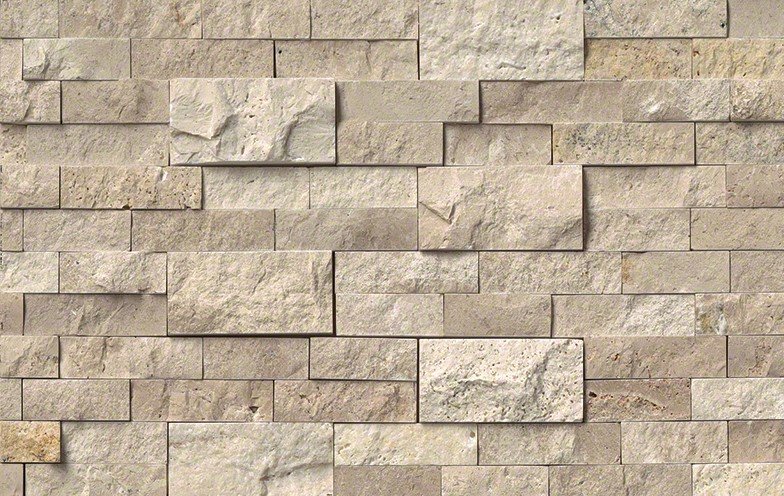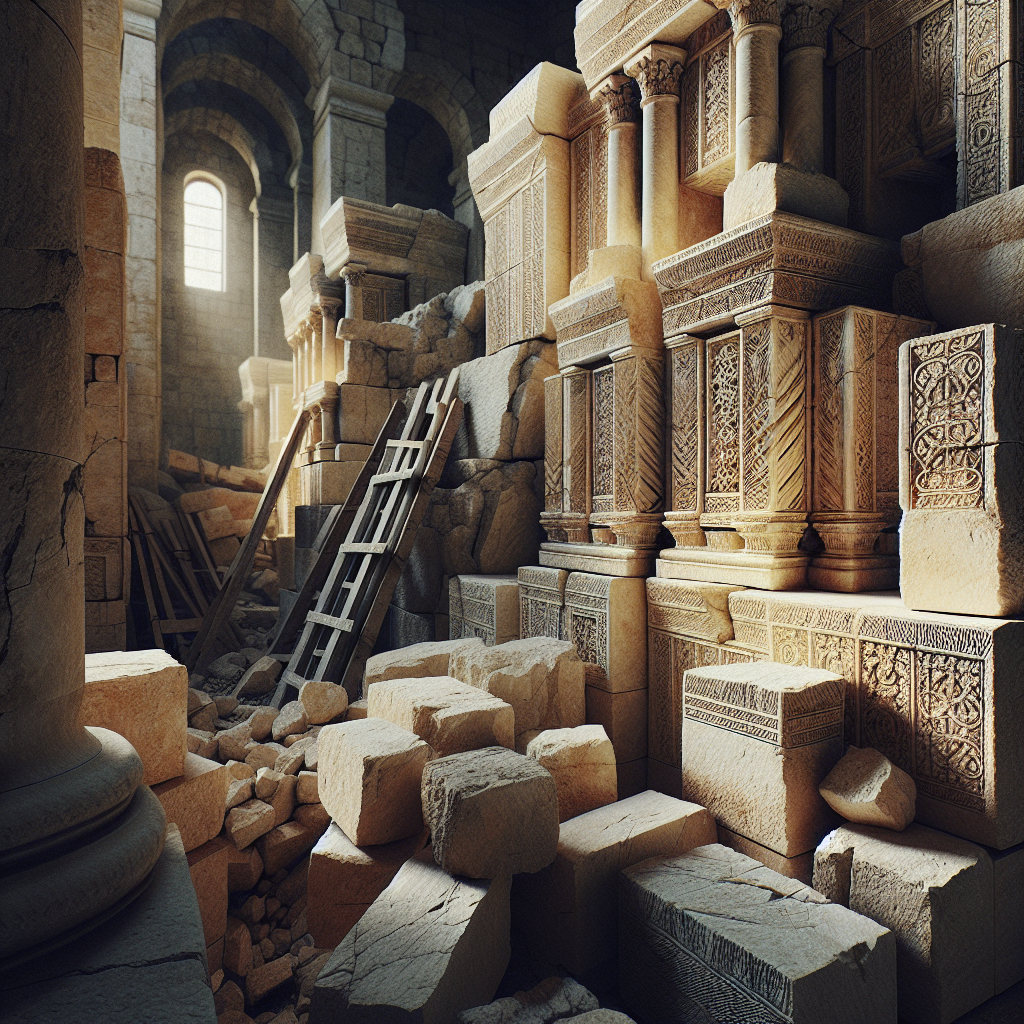Introduction to Ashlar Masonry
You might be wondering – “What is this ‘Ashlar Masonry’ all about?”
Well, it’s an impressive, timeless technique used in various structures, often standing the test of time… and I’m here to make you familiar with it.
As an age-old method of stone construction, Ashlar masonry involves the use of finely dressed stones laid in regular courses. The process requires a certain level of precision and craft, which results in structures that are both beautiful and sturdy.
In this article, we will thoroughly cover various aspects of this fascinating subject. We’ll discuss types of Ashlar masonry, the materials used, and the technique’s pros & cons. We also touch upon its many applications in historical monuments and modern buildings alike.
Let’s start exploring!
Table of Contents
Ashlar Masonry Method Explained

Definition of Ashlar Masonry
Ashlar masonry is a type of stone construction where finely dressed (cut, worked) stones are laid in regular courses. The stones are cut into rectangular shapes and can fit together tightly with minimal mortar.
Types of Ashlar Masonry
Ashlar masonry can be divided into various types based on the finish of the stones and the way they are laid.
- Rough Ashlar: Partly-dressed stones with a rough surface and dressed edges.
- Coursed Ashlar: Stones are laid in continuous horizontal courses.
- Random Ashlar: Stones of different sizes laid without continuous horizontal joints.
Materials Used
Ashlar masonry can be constructed using different types of stones:
- Limestone: Commonly used for its availability and workability.
- Sandstone: Preferred for its durability and aesthetic appeal.
- Granite: Known for its strength, but harder to work with.
Advantages of Ashlar Masonry
- High Durability: Strong and long-lasting due to the tight fit and quality of materials.
- Aesthetically Pleasing: Offers a refined and elegant appearance.
- Weather Resistance: Good resistance to weather effects due to low porosity.
Disadvantages of Ashlar Masonry
- Expensive: Higher cost due to the need for skilled labor and quality materials.
- Time-Consuming: Requires more time to prepare and lay the stones precisely.
- Heavy: The structure is heavy and requires a strong foundation.
Applications of Ashlar Masonry
Ashlar masonry is used in various types of construction, from historical monuments to modern buildings:
- Historical Structures: Palaces, temples, and monuments.
- Modern Constructions: High-end residential buildings and public structures.
- Retaining Walls: Constructed to hold back soil or water.
Key Takeaways
| Feature | Description |
|---|---|
| Stone Type | Limestone, Sandstone, Granite |
| Types | Rough, Coursed, Random |
| Advantages | Durable, Aesthetic, Weather-resistant |
| Disadvantages | Expensive, Time-consuming, Heavy |
| Applications | Historical structures, Modern buildings, Retaining walls |
What is the Ashlar Pattern Masonry?

Basic Concept of Ashlar Pattern Masonry
The term “ashlar pattern masonry” refers to a block in a proper system where each stone is finely dressed and laid in a consistent, structured manner. This technique is characterized by the accuracy with which the stones are cut and placed, minimizing the use of mortar and creating a uniform appearance.
Unique Characteristics of Ashlar Pattern Masonry
Beyond its basic definition, ashlar pattern masonry stands out for several reasons:
- Precision: The stones are cut to specific dimensions and shapes, ensuring a seamless fit.
- Consistency: Stones are laid in a methodical, repeated pattern, contributing to a cohesive look.
- Versatility: This pattern can be adapted for various architectural styles, from classical to contemporary.
Architectural Significance
Ashlar pattern masonry has a long history of use in significant architectural structures due to its strength and beauty. Some notable examples include:
- Ancient Temples: Many ancient Greek and Roman structures utilized ashlar pattern masonry for its durability and aesthetic appeal.
- Medieval Castles: The precise cut and tight fit of ashlar stones provided the necessary fortification for defensive structures.
- Modern Landmarks: Contemporary buildings often employ ashlar masonry to achieve a classic and polished look.
Comparing Ashlar Masonry with Other Techniques
To better understand the uniqueness of ashlar pattern masonry, it’s helpful to compare it to other masonry techniques:
| Feature | Ashlar Masonry | Rubble Masonry |
|---|---|---|
| Stone Finish | Finely dressed, smooth surfaces | Rough, uneven surfaces |
| Structural Uniformity | High uniformity, tight fit | Low uniformity, requires more mortar |
| Aesthetics | Refined, elegant appearance | Rustic, rugged look |
| Labor Intensity | High, needs skilled labor | Moderate, less skilled labor |
Technical Considerations in Ashlar Masonry
Construction using ashlar pattern masonry involves several technical considerations to ensure the integrity of the structure:
- Foundation: A strong, well-laid foundation is essential to support the weight of the tightly fitted stones.
- Drainage: Effective drainage systems must be in place to prevent water accumulation, which can compromise the stonework over time.
- Maintenance: Regular inspections and maintenance are necessary to preserve the structural and aesthetic qualities of the masonry.
Using ashlar masonry is not just about building with stones; it is about mastering an art form that combines precision, strength, and beauty. For further exploration into construction methodologies, you might find the resources available on Architectural Digest invaluable.
Disadvantages of Ashlar Masonry

Susceptibility to Movement
One of the primary concerns with ashlar masonry is its susceptibility to ground movement. If the foundation is not adequately prepared and stabilized, the tightly fitted stones can shift over time. This can lead to:
- Cracking: Fine cracks can develop within the stones or along the mortar joints, compromising the structural integrity.
- Realignment Needs: In areas prone to seismic activity, realignment may be necessary more frequently than with other construction types for stability.
Thermal Conductivity
Ashlar masonry has a high thermal conductivity, which means it can absorb and retain heat more effectively than other materials. This can pose a few challenges:
- Heat Retention: Buildings with ashlar masonry might require more energy for cooling in hot climates due to the high heat absorption.
- Expansion and Contraction: Significant temperature fluctuations can cause stones to expand and contract, potentially leading to joint instability or cracking.
Complex Repairs
Implementing repairs on ashlar masonry can be quite intricate and cumbersome:
- Skilled Labor Intensive: Repairs, especially matching the original stonework, require highly skilled masons, driving up costs.
- Replacement Issues: Successfully replacing a damaged stone while maintaining the aesthetic and structural consistency can be a meticulous task.
Maintenance Requirements
While durable, ashlar masonry requires ongoing maintenance to preserve its integrity and appearance:
- Cleaning: The stone surface can accumulate dirt and grime over time, necessitating regular cleaning with suitable materials and methods.
- Repointing: The mortar joints need periodic repointing to keep the masonry tight and weather-resistant.
Environmental Impact
The process of quarrying and transporting suitable stones for ashlar masonry can result in:
- High Carbon Footprint: The energy-intensive nature of quarrying, processing, and transporting stone materials contributes significantly to carbon emissions.
- Resource Depletion: Continuous quarrying can lead to depletion of natural stone reserves and impact local ecosystems.
Wrapping Up: Ashlar Masonry Overview
Ashlar masonry, identified by finely dressed stones laid meticulously in courses, has roots steeped in historical monument building but maintains its significance in modern construction.
Its range of applications, from high-end residential infrastructure to retaining walls, underscores its versatility.
The stones, typically hewn into rectangular shapes, range in type from limestone to granite, each with unique characteristics. Bark-faced, coursed, and random Ashlar masonry typify this construction method, reflecting its adaptability to various aesthetic requirements and structural needs.
While the svelte appearance and weather resistance of Ashlar masonry are appealing, it’s worth noting the higher costs due to the skilled labor required and its inherent heaviness necessitating a robust foundation.
As with every construction technique, Ashlar masonry comes with challenges, yet its enduring relevance in the construction industry is unassailable.
Frequently Asked Questions – FAQs
What is Ashlar masonry?
Ashlar masonry is a particular type of stone construction where precisely cut stones are laid in regular courses.
What materials are used in Ashlar masonry?
Limestone, sandstone, and granite are often used due to their durability, strength, and beauty.
What are the main advantages of Ashlar masonry?
Its high durability, aesthetic appeal, and weather resistance make it a popular choice in both historical and modern constructions.
What are the disadvantages of Ashlar masonry?
Factors like its high cost, time-intensive construction, and need for a solid foundation can be challenges when opting for this method.
Where is Ashlar masonry used?
It is widely used in constructing historical structures, modern buildings, and retaining walls.






